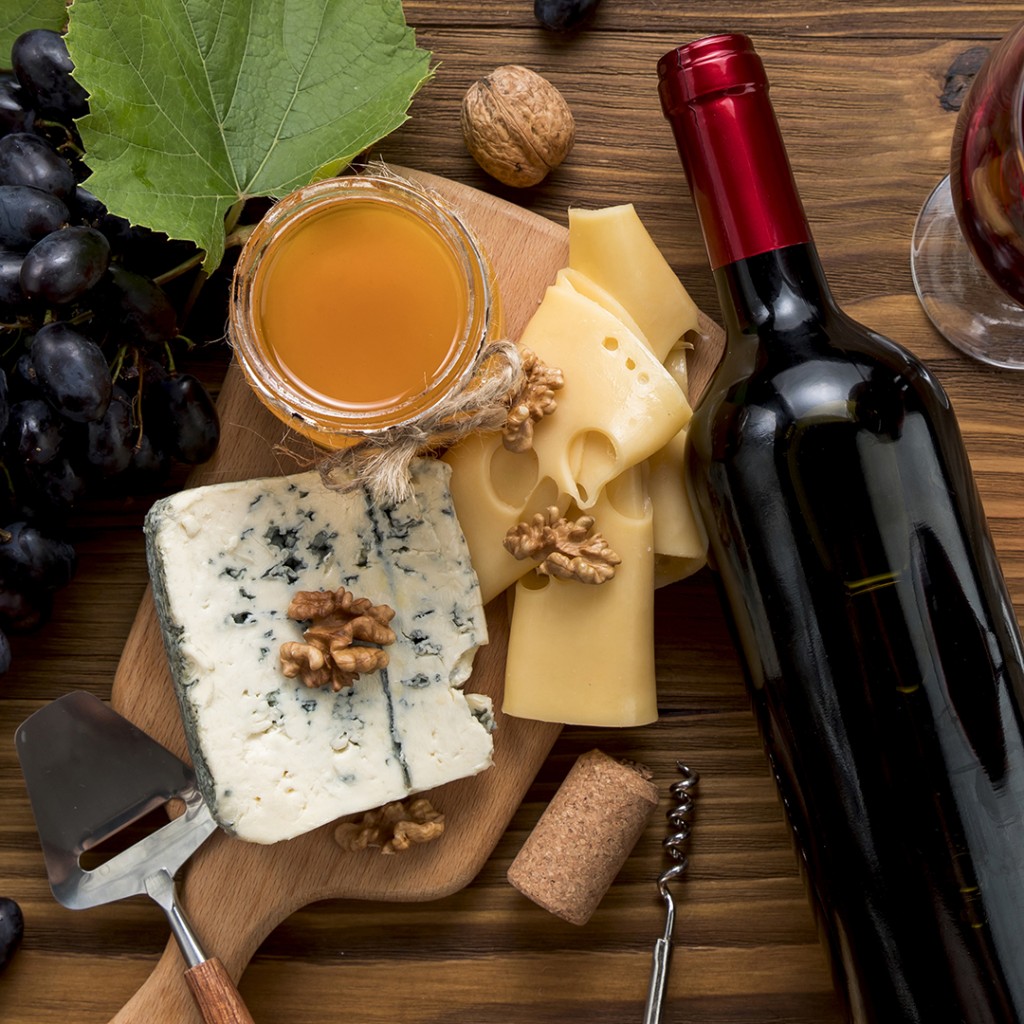RULES OF WINE TASTING
The first rule to enjoying a glass of wine is of course that it be a good wine! Once the fateful choice is made, some suggestions may be useful:
The ideal conditions for tasting is on an empty stomach or after having eaten a light meal.
During the tasting it is best not to smoke, drink coffee, have the taste of toothpaste in the mouth, or wear perfume. Our ability to taste is greatest in the morning, when we are thirsty, and especially when we are well and do not have a cold.
Even the environment helps to create the right atmosphere for tasting. The best settings are bright spaces, with white tablecloths, soft coloured walls, peacefulness, and lack of distractions.
The odours are best perceived with the eyes open and in well-lighted environments. The shape of the glass is important to promote the right balance of odorous substances present in the wine. Each time the wine is changed, the glasses should be seasoned with the new wine or washed with completely neutral soap.
It is advisable to taste wines without switching from non-aromatic to aromatic wines or mixing white, red and rosé wines. It is best to taste in progressive succession according to aroma, sweetness, and ageing.
White wines and sparkling wines should be served at temperatures between 6 and 10 ° C, while red wines should be served at temperatures between 14 and 18 ° C. It is best to choose the lowest temperature for tasting because usually the room temperature or that of the hand warms the wine.
The glass – preferably the tasting kind – should be filled to no more than one third of its capacity, and should be held by the stem with your thumb and forefinger and supported by the middle finger at the base.
We recommend that some steps be carried out in the following sequence for tasting:
•smell the wine while the glass is still;
•smell the wine again after having swirled the glass and possibly having warmed it with the palm of your hand;
•tilt the glass so that it laps the sides and observe the wine against the light, have it lap the sides and then smell them;
• if you want to assess the defects, shake the glass decisively (“old drawer” or acetate odour);
•take a small sip in your mouth and let it slide slowly over the tongue to sense the individual flavours and tactile sensations, and to heat it in order to perceive the aroma through the retronasal passage;
•swallow in order to feel the pseudocaloric sensations and persistency of taste.


BOUQUET
In wine tasting the bouquet is examined according to five features:
•Fineness: It’s a very subjective parameter and in a sense indicates the “discretion”. The wines are classified for fineness by: Ethereal, Fragrant, Elegant, Fine, Distinguished, Delicate, Fruity, Winy, Common, Rough, Faulty, Unpleasant.
•INTENSITY: Here, once more the “discretion” is positively considered. The wines are classified by intensity as: Sharp, Penetrating, Pungent, Pronounced, Broad, Light, Soft, Feeble, Odourless.
•HARMONY: It indicates the right balance. The wines are classified by harmony in: Balanced, Harmonious, Persuasive, Neutral, Harsh, Discordant.
•FRANKNESS: Indicates the purity of the odour, and the non-interference with the same. The wines are classified by frankness in: frank, crisp, clean, straightforward, Filthy-Dirty.
•DURATION: The olfactory persistence is a positive feature if it refers to pleasant odours. The wines are classified by duration in: Persistent, Fast, Elusive.
THE LABEL
The label tells us the type, area of origin, the alcohol by volume (key feature of the wine), the date of harvest (and not the expiration date!!!) and, sometimes, if the grapes were harvested by hand or mechanically. For vintage wines, the level to which the bottle is filled may indicate whether the bottle has been well preserved; if the wine has begun to go flat, or if it wasn’t corked perfectly, it loses some of its liquidity.
A bottle that houses an important wine is heavier than others containing the same amount of wine of a different kind. It is made of thick, dark glass.
The thickness and the colour of the glass provide the wine with a good protection, which, just like men, must defend itself during its lifetime from the external sources of pollution of thermal, luminous, and acoustic nature arising from.
The transformations that the wine undergoes during its life are in fact chemical reactions–temperature, ultraviolet radiation, and noise affect the path along which these transformations occur (KALEA). If, after having looked at it again and again–even against the backlight–, weighed it in your hands, and studied it in detail, you have decided that the bottle you are holding contains just the wine for you, an important moment arrives: the opening.
This operation follows a pre-established ceremonial which consists in the removal of the capsule covering the cork, the extraction of the cork, a quality review of the cork which must be free from unpleasant odours and still flexible, the seasoning of the glasses and, finally, the pouring.
Don’t believe those who suggest that you drink a great wine in a white plastic cup. It would be like wearing an evening dress with a pair of slippers! A great wine must be served in a glass suited to fully bring out all of its qualities.
Once poured into the glass, we are ready to begin the evaluation of its organoleptic characteristics in this order: appearance, aroma, and flavour.


